We usually see photos of cryptomeria bonsai during winter when the trees are dormant. Cryptomeria are usually trained in the formal upright style, and it’s through the development of the branch pads that the trees take on their character.
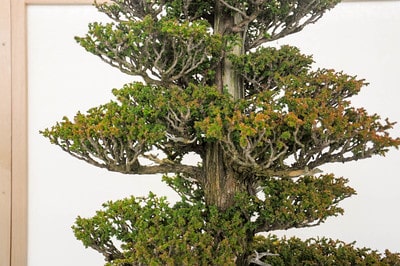
Cryptomeria branch pads
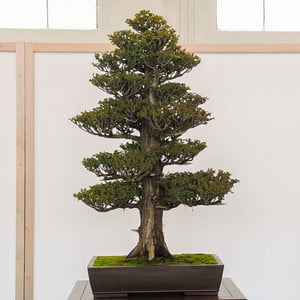
Cryptomeria as displayed at Bay Island Bonsai’s 2011 exhibit
Summer is a good time to work on cryptomeria bonsai. Spring growth is usually cut back in July or August to allow trees to produce new shoots before entering the dormant season.
For those unfamiliar with the variety, the foliage might appear strange. Not unlike some dwarf spruce, needle juniper or redwood varieties, cryptomeria foliage is prickly. It’s also rangy. The foliage can look quite different on different parts of the tree as cryptomeria are strongly apical dominant. When developing cryptomeria, the idea is to encourage more growth on the lower branches by letting them run. Stronger branches near the apex can be pruned more.
The photos below are taken from the same tree on the same day yet they look quite different due to the varying vigor. The variety is ‘Black Dragon.’
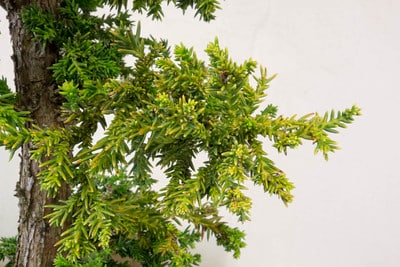
Weak branch – foliage is yellow and the new shoots are short
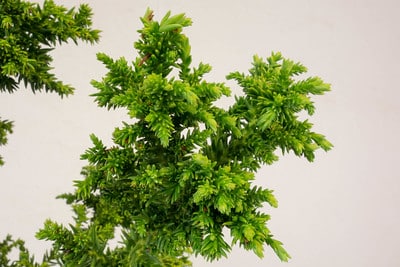
Healthy branch – the color is good and the shoots are elongating at the branch tips
The branch below is quite strong. Note that some of the shoots look different than others – any ideas why?
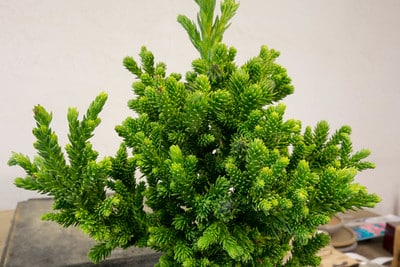
Strong growth
The round shoots are the beginnings of cones. If left in place long enough, they’ll turn brown and develop seeds.
Strong apical shoots differ from horizontal shoots in thickness, needle size and sometimes color.
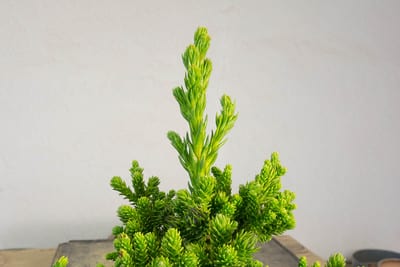
Strong apical shoot – the shoot is slightly more yellow than the shoots below
How to keep these apical shoots in check? More on that next week.
Subscribe to Bonsai Tonight
New Posts Delivered Every Tuesday and Friday
phlkrg says
Sadly can’t grow them down here in Florida…
paul3636 says
I have killed 2 of them so far. In what zones are they hardy? I live in Zone 5/6. In what time of the year is it best to transplant from nursery pots to training pots?
Alain Krizic says
Difficult to keep them healthy here, and so make them develop nicely. Like Sequoiadendron sempervirens (to which I think they’re related), they need the right environment to thrive: cool nights with dew in the summer, harsh winters with snow, etc. Growing them in plain, zone 8, like where I live is more than a challenge, it’s making trees suffer for a very mediocre result. I suppose that you don’t grow Premna in Washigton or Oregon, do you? But thanks for posting, not only is it a source of inspiration, but the advice given could probably adapted to similar species with less demanding requirements.
Jonas Dupuich says
Cryptomeria do well in zone 10b despite the relatively warm winters. Am not sure how premna do in OR or WA.
Bruce Winter says
Tsugi do well here in an upland alpine rainforest. Many HUGE examples. They are magnificent.